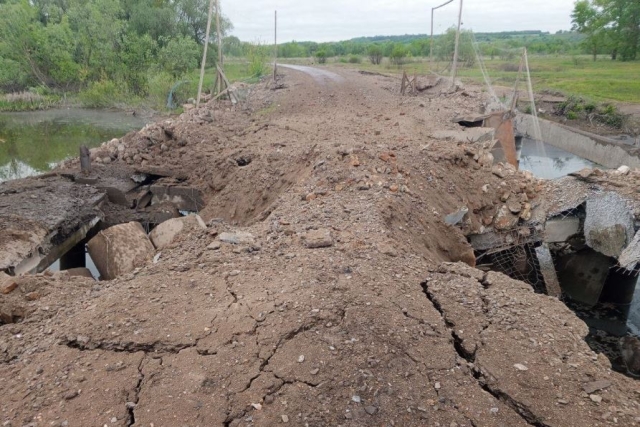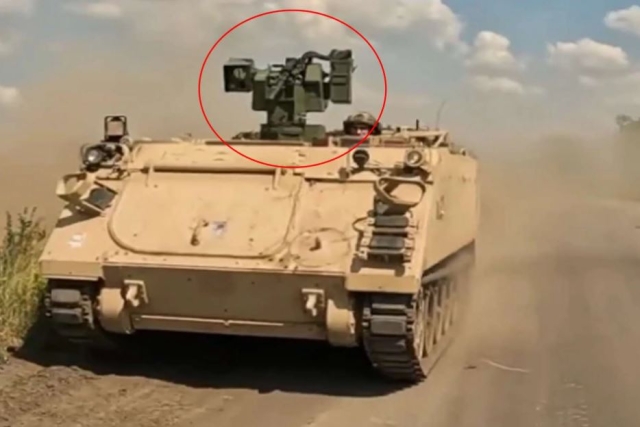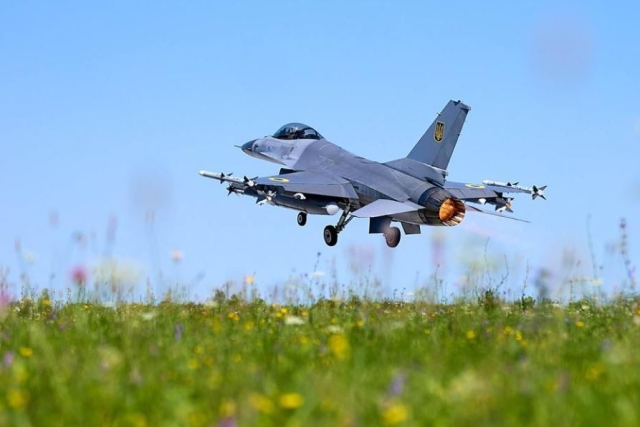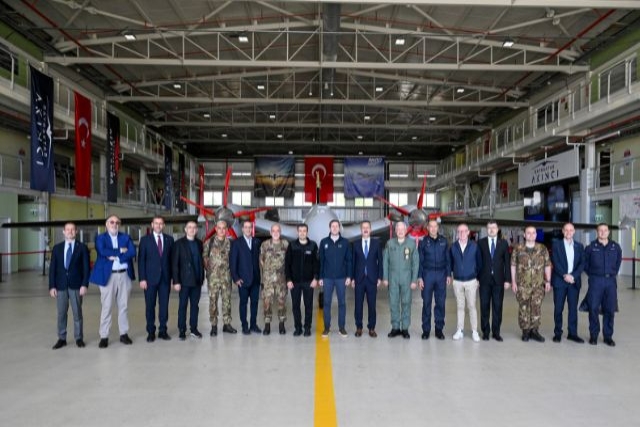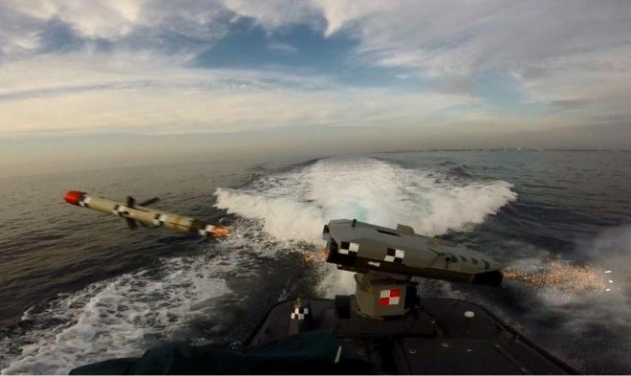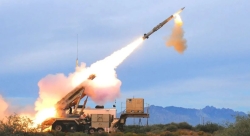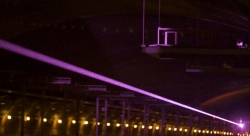ZALA Unveils "Deeply Modernized" Z-16 Recon Drone for Frontline Use
Upgraded UAV integrates new comms, navigation, and FPV defense to support artillery and air strikes in contested zones
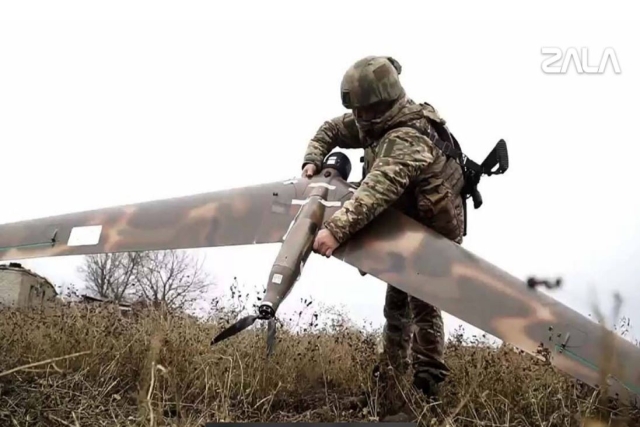
Russian defense firm ZALA has announced the release of a deeply modernized version of its Z-16 unmanned aerial vehicle (UAV) complex, incorporating lessons learned from its deployment in Ukraine.
The updated reconnaissance drone, according to the company, features enhanced communications and navigation systems designed to counter electronic warfare (EW) threats.
Publicly available data show the Z-16 has been able to maintain operational capability in areas with active EW interference, indicating improvements in secure communication channels and alternative navigation aids. A video circulating on social media also highlights the drone’s ability to evade attacks by enemy first-person-view (FPV) interceptors, suggesting that the UAV is equipped with a combined FPV counteraction system.
The ZALA Z-16 is described as an all-weather reconnaissance platform that also functions as a communications relay for the Lancet family of loitering munitions. Its roles extend beyond reconnaissance, as it provides fire correction and objective control for artillery, multiple launch rocket systems, aviation units, and strike UAVs.
ZALA Aero has recently claimed that its Lancet loitering munition—guided by coordinates supplied by platforms like the Z-16—has destroyed over 120 Ukrainian T-64 tanks and 200 M777 howitzers since the beginning of the conflict. The Z-16 can reportedly detect and track threats, execute evasive maneuvers, and continue its missions even under EW pressure. The UAV is said to operate for over four hours at altitudes of up to 5,000 meters, enhancing its value for sustained reconnaissance and targeting missions.
